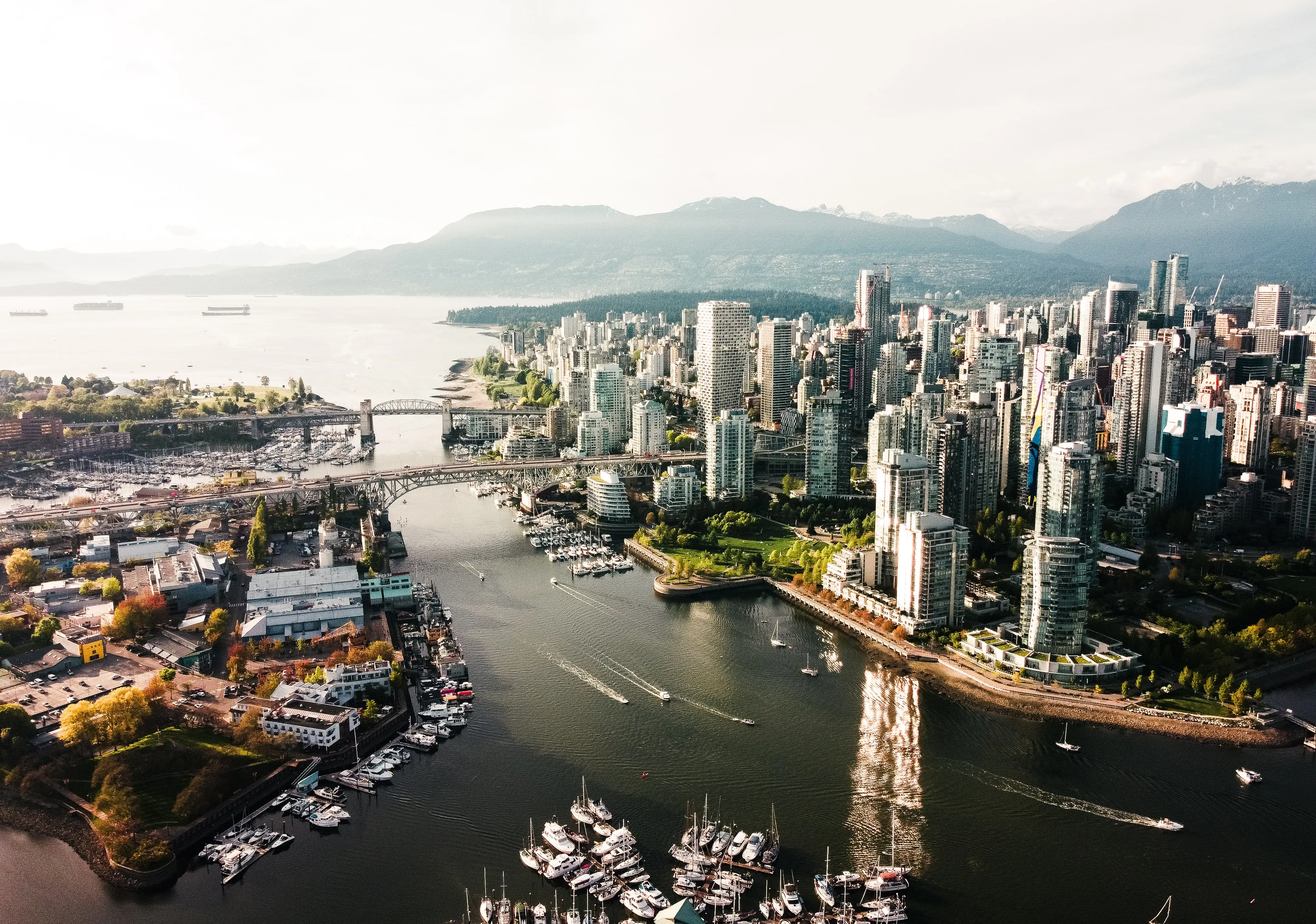Introduction
Technological innovation has enabled us to grow our capacities beyond what our forefathers thought was possible. Changing the outside world to a point where it stopped being so unpredictable has been the reason for the success. Not all innovations made in the preliterate society are recorded unless they could make a difference (Arthur & Polak, 2006). The significant changes that have occurred in technology correspond to an increase in complexity. The ability to propagate nongenomic messages through speech was a critical factor in improving our technological capabilities. Some innovations were turning points in human life because they become apparent in quick successions (Valverde et al., 2007).
The Network Society
The network society is a social construct whose foundation is networks run by information and technology that take in data, process it, and distribute it through channels. This social formation depends on the social and media developments which support its principal means of organization. The network connects all parts of the society or organization (Castells, 2011). With the development of technology and its features, the basic unit of the network society is an individual since almost everyone owns a phone. We have smaller living and working environments, especially with the pandemic promoting individualism. The emergence of individualism within the network may be due to logic (Barney, 2004).
Digital networking technology has enabled society to overcome limits in communication. The network society is not an emerging concept as it already shapes the patterns of our social contacts. Mass communication through the internet is a consequence of horizontal communication instead of hierarchical communication (Van Dijk, 2020). Power at the top is slowly being distributed towards the bottom levels due to socialized communication independent of businesses and the government (Castells, 2011). It is mass communication because anyone in the world can have access to it. It is self-directed because individuals determine what they want on the internet, blogs, vlogs, and social media pages (Van Dijk, 2020). It is easy to assume that face-to-face communication vanishes with more people stuck in front of their computers. From studies done in different societies, this might not be the case. People who use the internet have more extensive contacts, are more social, and are more politically active than those who do not. Networked societies allow people to engage more actively (Rhoads, 2010). WEe are moving from a social to a hypersocial society with young people having increased mobile phone access and internet connection. Telephony has shifted from the technology of the privileged to become a mainstream necessity that everyone has (Larsen & Axhausen, 2008). Individualization makes the internet more personal. Technology increases sociability by building networks according to the needs and moods of an individual. Technology has led to a new form of social organization based on digital communication networks (Barney, 2004).
The concepts by Manuel Castells are seen in social network sites such as Facebook and Twitter, email, and instant messaging (Castells, 2011). These communication tools do not emphasize face-to-face interactions and affect how we communicate over time (Arthur & Polak, 2006). Globalization requires people to stay connected to the internet, trying to keep up with the trending issues, leading to a hyper-connected world. The internet allows for an efficient search for information and knowledge (Volkmer, 2003). The people who lack internet connectivity, unfortunately, do not get a piece of the network society. According to Castells, exclusion is part of the network society structure. Networks are built on the premise of inclusion and exclusion (Castells, 2011). Networks include essential resources for their tasks and exclude those that are not critical to achieving their goals. (Barney, 2004). In a social construct whose baseline is a culture of inclusion and exclusion, the most influential person is the person with influence over the communication channels (Castells, 2011).
The Informational Economy and Process of Globalization.
Globalization is a concept that explains the interdependency of the world’s economy, culture, and population due to trade, sharing of information and technology, and the movement of people and services (Volkmer, 2003). Globalization has made distance and time inconsequential, and physical location is no longer an obstacle. Globalization has increased the flow of information, increasing competition between manufacturers because different parts of the world produce similar products (Mazumdar & Sarkar, 2008). Globalization has decreased labor and manufacturing costs by speeding up transportation and communication (Mattsson, 2003).
Alan McAfee coined a model to examine the effects of informational technology. The model has three elements of informational technology. The functional aspect enhances efficiency when performing stand-alone tasks. Networking informational technology helps people communicate with each other. Enterprise information technology configures communication between businesses and stakeholders, including customers (McAfee, 2002). The Wolter Kluwer NV, an international publishing company, worked with paper. In the 21st century, the audience started asking for an online presence. Being a global company, the data was coming in at an intense pace. They got an Enterprise Content Management system (ECM) that generated six-figure returns by the end of that year because of saving costs by reducing the need for paper. The ECM accepted content in various formats, assessed it, and delivered the content in a manner users can read (Lawlor, 2007).
Before the internet, the fastest mode of communication was the telephone. It required workers at both ends to be at their desks which was not an option in different time zones. It was costly, time-wasting, and decreased productivity (Valverde et al., 2007). The newer technologies, including email and instant messaging, enables accurate time transfer of data. Company blogs are also available, and this allows managers to post information that clarifies tasks for staff. This increases collaboration across the company, saves costs, and increases efficiency (Lawlor, 2007). Common enterprise technology is sale terminals, which is still used in most restaurants and stores. They help with inventory control and recording of sales transactions. The Point of Sale Terminals streamlines business processes (Loebbecke, 2007). Supply Chain Management (SCM) technologies are used by Walmart, the largest retailer in the world. The SCM gives companies flexibility and the ability to diagnose problems by providing the managers with a clear view of the whole company and a collaborative way of solving problems (Reynolds, 2015). FedEx is a provider of shipping services globally and is the leading company globally because of its continuous integration of information technology into its strategic planning (Loebbecke, 2007). From 1978 they had a competitive advantage for almost 20 years because of their package tracking system. This was before the other companies understood the importance of information technology. The company has a business IT unit that develops new products, including applications that improve their business strategy (Lawlor, 2007).
Digital Politics
The internet development was world-changing, and it was not easy to imagine its effects on politics (Coleman & Freelon, 2015). The advent of informational technology has reshaped politics. Politicians might view digital politics as a way of speaking to voters directly without the need for journalists. The old model where the information came from politicians and journalists were the disseminators is no longer stable. Digital politics is also risky as it increases the visibility of the politicians making them more vulnerable. The wrong statement or picture can spread through the whole country in a matter of minutes (Farrell, 2012). Political information comes from all sources, and it is almost impossible for a single person to claim overarching authority. Reaching the voters involves using various channels, including instant messages, emails, and social media use (Coleman & Freelon, 2015). Citizens do not have to camp in front of offices and organize labor strikes anymore. All they need is a phone and access to the internet, and they can link with other like-minded individuals who will help amplify their voice (Oates, & Gibson, 2006).
A much more fluid digital environment characterizes the current political climate, and politicians are under pressure to maintain this. Unfortunately, most of them adopt a cosmetic horizontal communications approach while retaining the vertical structural communications, which eventually leads to problematic consequences (Chadwick, 2009). Traditional practices of viewing and listening had politicians broadcast televised messages to voters who could either choose to accept or reject the message. The multi-platform media allows listeners to challenge the news. The digital world is highly unregulated because the boundaries of countries do not apply to the internet. It is not uncommon for people to use social media to perpetuate hate speech. Political discussions are now less formal and inclusive with the circulation of jokes and memes (Coleman & Freelon, 2015). Google’s attempt to organize information requires us to give then formal consent to mine our data. Without this consent, we are cut off from their services. The answers two people receive for the exact search differ depending on their interests, locality, and points of view. The different results for the precise search can weaken democratic debate between divergent points of view (Chadwick, 2009).
Social media has been assimilated into political communication (Reilly & Taylor, 2012). One can befriend like-minded individuals with a single click. Interacting with people who think alike strengthens biases and makes dissimilarity to one’s views indecipherable (Chadwick, 2009). Studies show that many people are not consuming political information as expected. Most people read through the headline and move on to entertainment news. This is risky because the electorate is greatly affected by the decisions made by politicians. The digital landscape has gone through many changes. Many people use social media as their principal source of news. Fake news and disinformation have led to polarization and violence in some countries. Countries are actively taking steps to curb it, including regulation of digital companies and social media (Coleman & Freelon, 2015).
Conclusion
The adaptive social environment in which technology thrives consists of society, political systems, and the economy. In the past social classes were the major economic factor; right now, the financial markets, political and cultural institutions are all bound to the network (Narula & Zanfei, 2005). Technology is now embedded in society, and it affects all aspects of our lives. Thanks to Informational technology, we are in an era of fundamental social, economic, and political transformation and continuation. Some of the developments in technology span from the ancient period and are simply improvements. The evolution of humans is parallel to the increase in complexity of technology. As we move from one level to another, there is a change in how information is handled, transmitted, and stored, this proof of transformation. There has been a coexistence between gradual improvement and discontinuous technological improvement in the development of information technology. This has also been witnessed in how technology influences aspects of the economy, society, and politics.
References
Arthur, W. B., & Polak, W. (2006). The evolution of technology within a simple computer model. Complexity, 11(5), 23-31
Barney, D. (2004). The network society (Vol. 2). Polity.
Castells, M. (2011). The rise of the network society (Vol. 12). John Wiley & sons.
Chadwick, A. (2009). The internet and politics in flux.
Coleman, S., & Freelon, D. (Eds.). (2015). Handbook of digital politics. Edward Elgar
Publishing.
Farrell, H. (2012). The consequences of the internet for politics. Annual review of political science, 15.
Mattsson, L. G. (2003). Reorganization of distribution in globalization of markets: the dynamic context of supply chain management. Supply Chain Management: An International Journal.
Mazumdar, D., & Sarkar, S. (2008). Globalization, labor markets and inequality in India (Vol. 79). IDRC.
McAfee, A. (2002). The impact of enterprise information technology adoption on operational performance: An empirical investigation. Production and operations management, 11(1), 33-53.
Narula, R., & Zanfei, A. (2005). Globalization of innovation: the role of multinational enterprises. The Oxford handbook of innovation, 12.
Larsen, J., Urry, J., & Axhausen, K. (2008). Coordinating face-to-face meetings in mobile network societies. Information, Communication & Society, 11(5), 640-658.
Lawlor, B. (2007). The age of globalization: Impact of information technology on global business strategies. Honors Projects in Computer Information Systems, 1.
Loebbecke, C. (2007). Use of innovative content integration information technology at the point of sale.
Oates, S., Owen, D., & Gibson, R. K. (Eds.). (2006). The internet and politics: citizens, voters and activists. Routledge.
Reilly, S., Richey, S., & Taylor, J. B. (2012). Using Google search data for state politics research: an empirical validity test using roll-off data. State Politics & Policy Quarterly, 12(2), 146-159.
Reynolds, G. (2015). Information technology for managers. Cengage Learning.
Rhoads, M. (2010). Face-to-face and computer-mediated communication: What does theory tell us and what have we learned so far?. Journal of Planning Literature, 25(2), 111-122.
Van Dijk, J. (2020). The network society. Sage.
Valverde, S., Solé, R. V., Bedau, M. A., & Packard, N. (2007). Topology and evolution of technology innovation networks. Physical Review E, 76(5), 056118.










